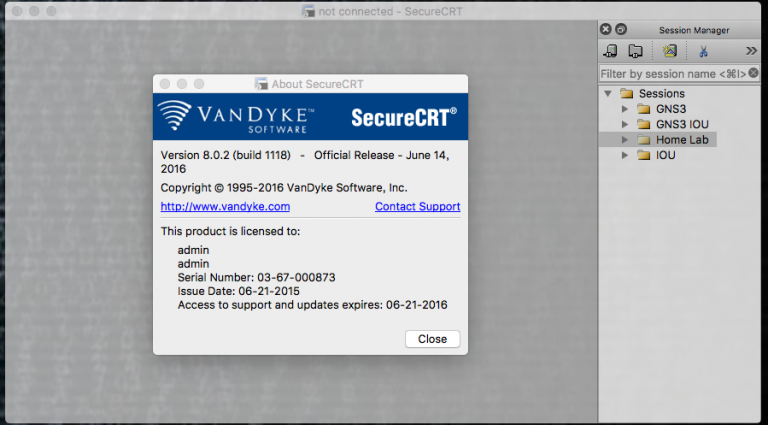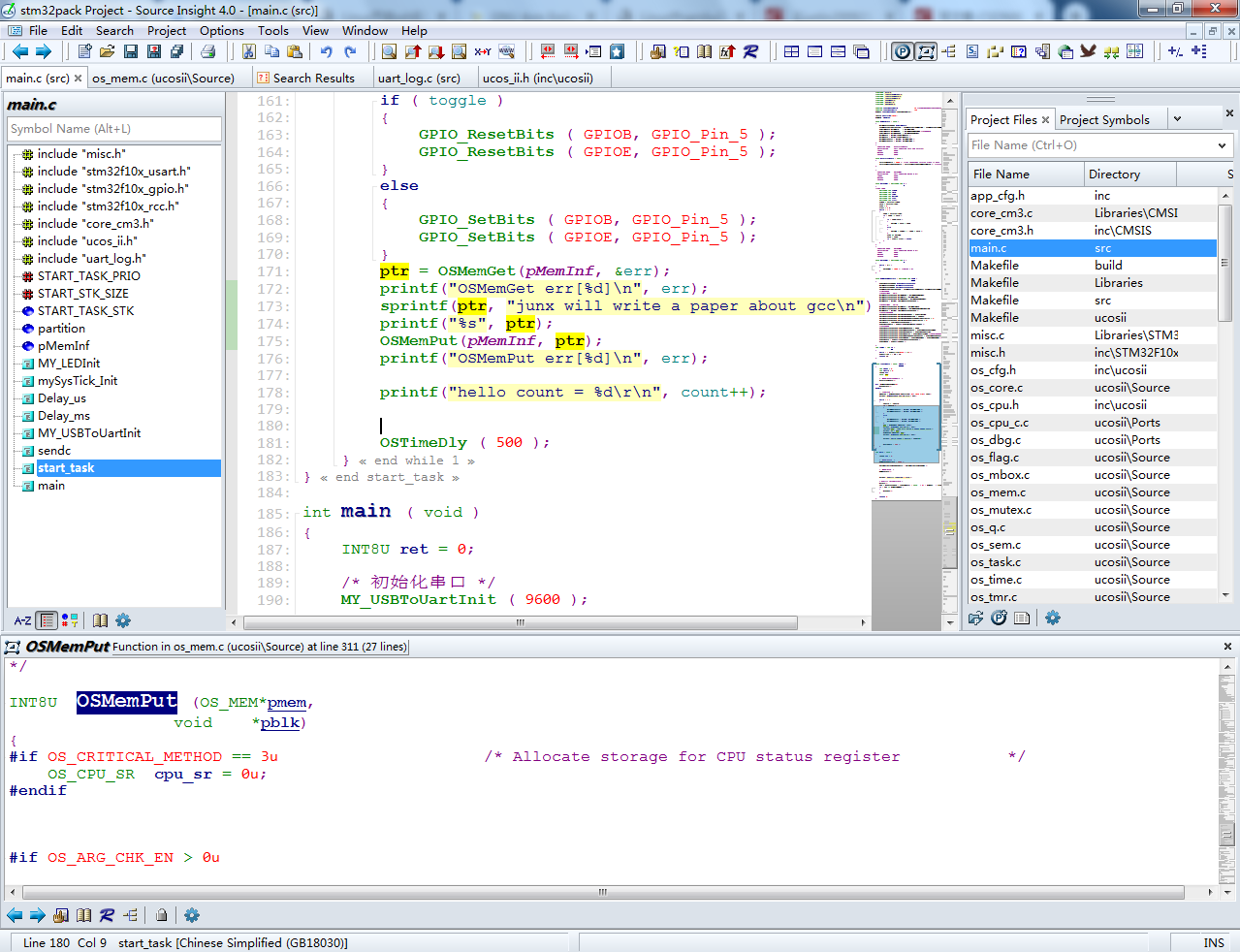
#Securecrt v6.2 software#
If you have questions about the information contained in the SSH2 RFCs or related draft specifications and you would like help from the VanDyke Software forum community in understanding something that's not clear in the RFCs, feel free to post such questions to the more appropriate "Secure Shell ()" VanDyke Software forum. Links to the various SSH2 and related IETF RFCs can be found here: If you are implementing an SSH2 server, you'll want to follow the IETF RFCs rather than pattern your development on very early implementations of the SSH2 protocol. The compatibility modes to which you have referred were introduced into SecureCRT back in the 3.x days to be compatible with early SSH2 server implementations that made different assumptions (server implementations that aren't widely deployed these days).Īs the SSH2 protocol matured, and through developers from various organizations working together at events such as "Connectathon ()", protocol implementations began to be more uniform across different organizations updated protocol drafts also help to clarify various aspect of the SSH2 protocol specification where assumptions had been made. These assumptions weren't always the same across implementations from different sources/organizations.
#Securecrt v6.2 mac os x#
Originally a Windows product, VanDyke later added a Mac OS X version in 2010 with release v6. In the "early days" (1998-2000 timeframe), assumptions were made as implementations were rolled out based on early versions of the SSH2 protocol drafts that were available. SecureCRT is a commercial SSH and Telnet client and terminal emulator by VanDyke Software.
#Securecrt v6.2 upgrade#
And are these versions standardized globally and all others implementing ssh server should upgrade their ssh servers to this standard?Īnd where can i get information about these different versions of ssh server? I want to know who gives these ssh server version numbers like 2.1.0, etc. S:"Compatibility Mode V2"=SSH Communications 2.1.0 SSH2 support provides AES, 3DES, RC4, Blowfish, and Twofish ciphers, with password authentication. SecureCRT supports both SSH1 and SSH2 protocols. You could change this to be the following: SecureCRT is highly customizable and easy to use. The line you will need to modify is below:īy default this line will be configured to Auto Detect. Note: If you have a /f in the target of the shortcut used to launch SecureCRT, then the path to the Config folder will be different than the path in step 2 above. ini file (located in the Sessions subfolder of SecureCRT's configuration folder location indicated by the "Configuration folder" field in the 'General' category of the Global Options dialog.


ini file while SecureCRT is running, the changes made will be undone when SecureCRT is restarted.Įdit the session's. ini file.Ĭlose all instances of SecureCRT. The GUI compatibility options to work around bugs in extremely old SSH2 server implementations has been removed, but the option does still exist in the session. Note: If you have a /f in the target of the shortcut used to launch SecureCRT, then the path to the Config folder will be different than the path in step 2 above.


 0 kommentar(er)
0 kommentar(er)
